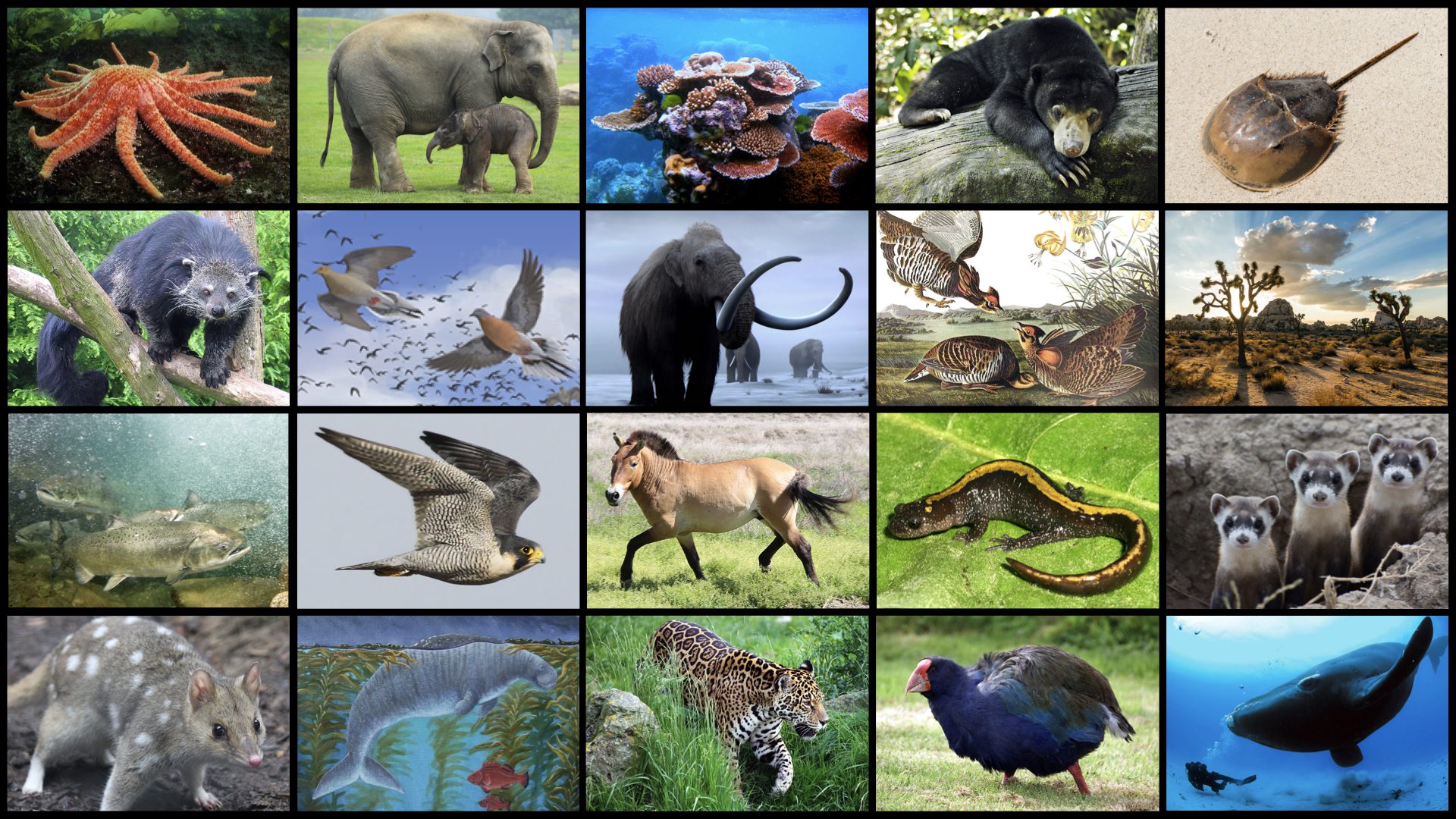THE YEAR IN REVIEW AND A CLEAR PATH AHEAD FOR 2021
Revive & Restore began with a bold idea, to enhance biodiversity through the genetic rescue of endangered and extinct species. We have continued to build on that initial momentum and 2020 has been the most active year yet. No small feat during this historic time. So while you may know us for our long term work on de-extinction of the passenger pigeon and woolly mammoth, we invite you to learn more about our immediate work to save endangered species such as the Bolivian jaguar and Joshua tree. We hope you enjoy this overview of our 2020 accomplishments and are as inspired as we are to continue to bring biotechnologies to conservation in our second decade.
THE PRZEWALSKI’S HORSE PROJECT
A CLONING FIRST FOR THIS ENDANGERED SPECIES
Pictured here at 22 days old, Kurt the Przewalski’s foal stands next to his surrogate mother, a domestic mare at the Timbercreek Veterinary facility in Texas where he was born. Check out an adorable video of him, here.
This August 6th, we welcomed the birth of Kurt, the world’s first successfully cloned endangered Przewalski’s horse. This advancement was the result of a multi-year partnership between Revive & Restore, San Diego Wildlife Alliance (formerly San Diego Zoo Global), and the commercial cloning company ViaGen Pets and Equine.
The Przewalski’s horse species was extinct in the wild by the 1960s, with just 12 remaining in captivity. Since then conservationists have recovered the species to over 2,000 today, half of which are now returned to the wild. Despite this progress, the species’ lack of genetic diversity is a concern for their long-term recovery.
Because of this, we developed the plan to clone Kurt from a cell line that had been cryopreserved for forty years at the San Diego Zoo Wildlife Alliance Frozen Zoo. This cell line was chosen for its unique genetic value to present day generations. When Kurt breeds and produces offspring he will restore genetic variation that would have otherwise been lost to time. This foal is the beginning of a new future for his species.
THE LAUNCH OF WILD GENOMES
OUR NEW GENOME SEQUENCING AND BIOBANKING PROGRAM
A high-quality reference genome and a “biobank” of cryopreserved tissue samples have the power to inform decisions and usher in a new era of conservation and wildlife management. Yet most large scale genomics and biobanking initiatives today are designed for insights, not action. To optimize conservation outcomes, we launched the Wild Genomes program through our Catalyst Science Fund.
This competitive funding program puts biobanking and sequencing tools into the hands of field scientists, wildlife managers, and local citizens working to protect biodiversity now. These tools will help optimize wildlife management decisions, captive breeding strategies, genetic rescue translocations, and more.
We awarded the first ten Wild Genomes projects this August, to teams around the world performing the full spectrum of conservation activities for the ten species you see here. Our second competition, launched just this month, focuses entirely on projects for marine species. We hope Wild Genomes is just the beginning of genomics-led applied wildlife conservation efforts and that it inspires generations of practitioners to come.
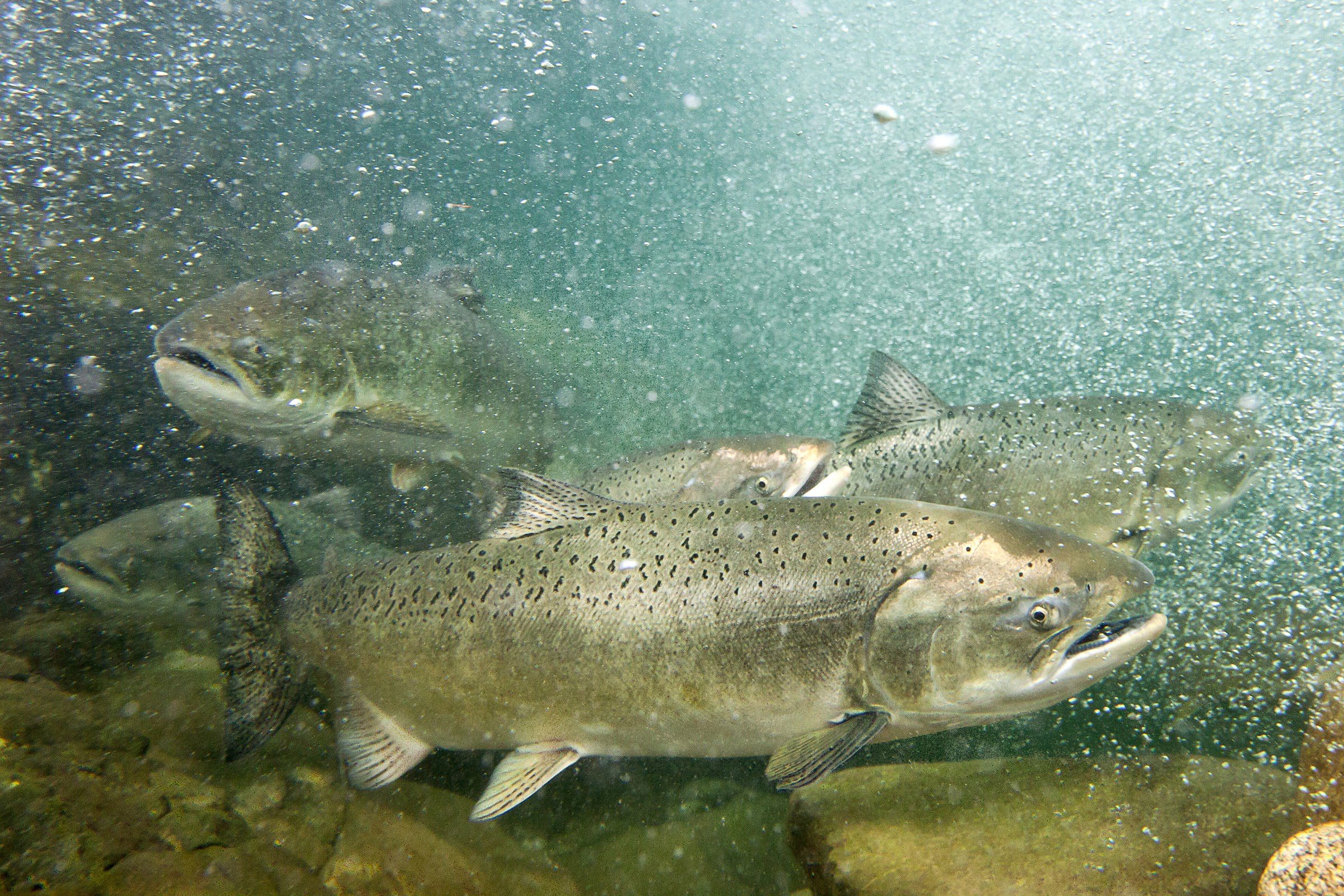
Chinook salmon
(Oncorhynchus tshawytscha)
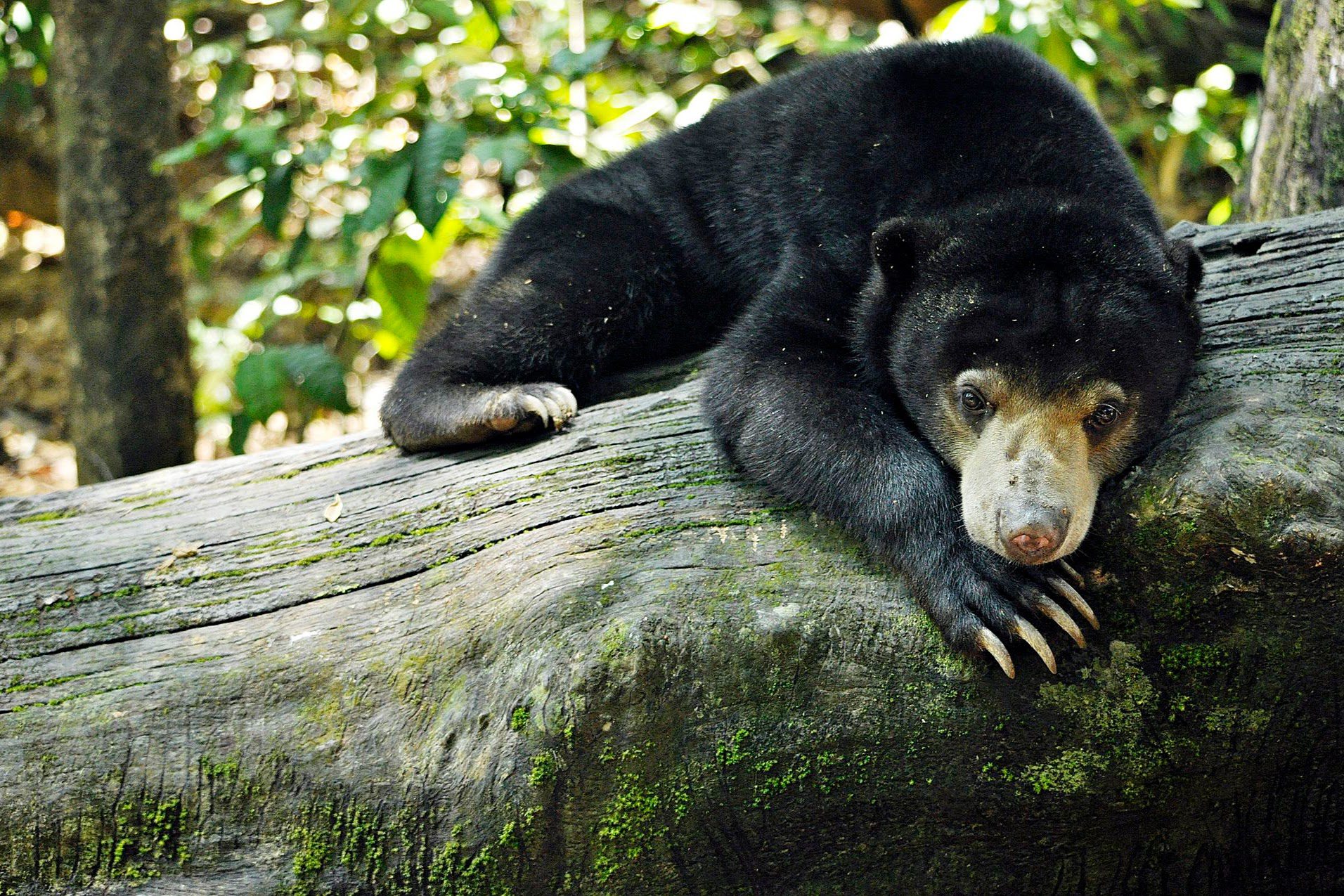
Sun bear (Helarctos malayanus)
(Helarctos malayanus)
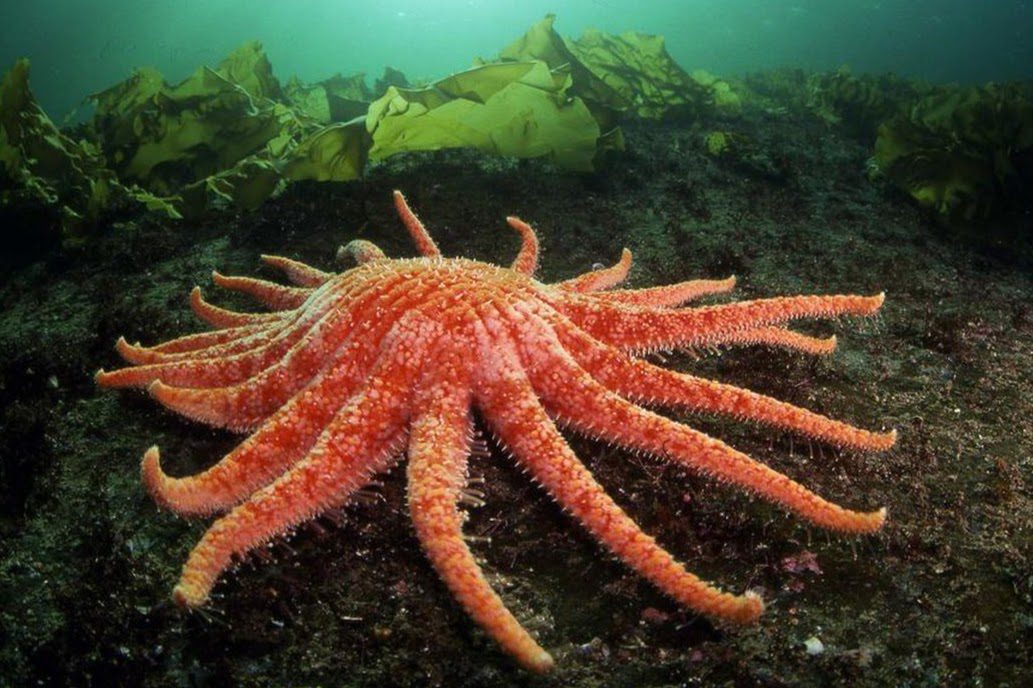
Sunflower sea star
(Pycnopodia helianthoides)
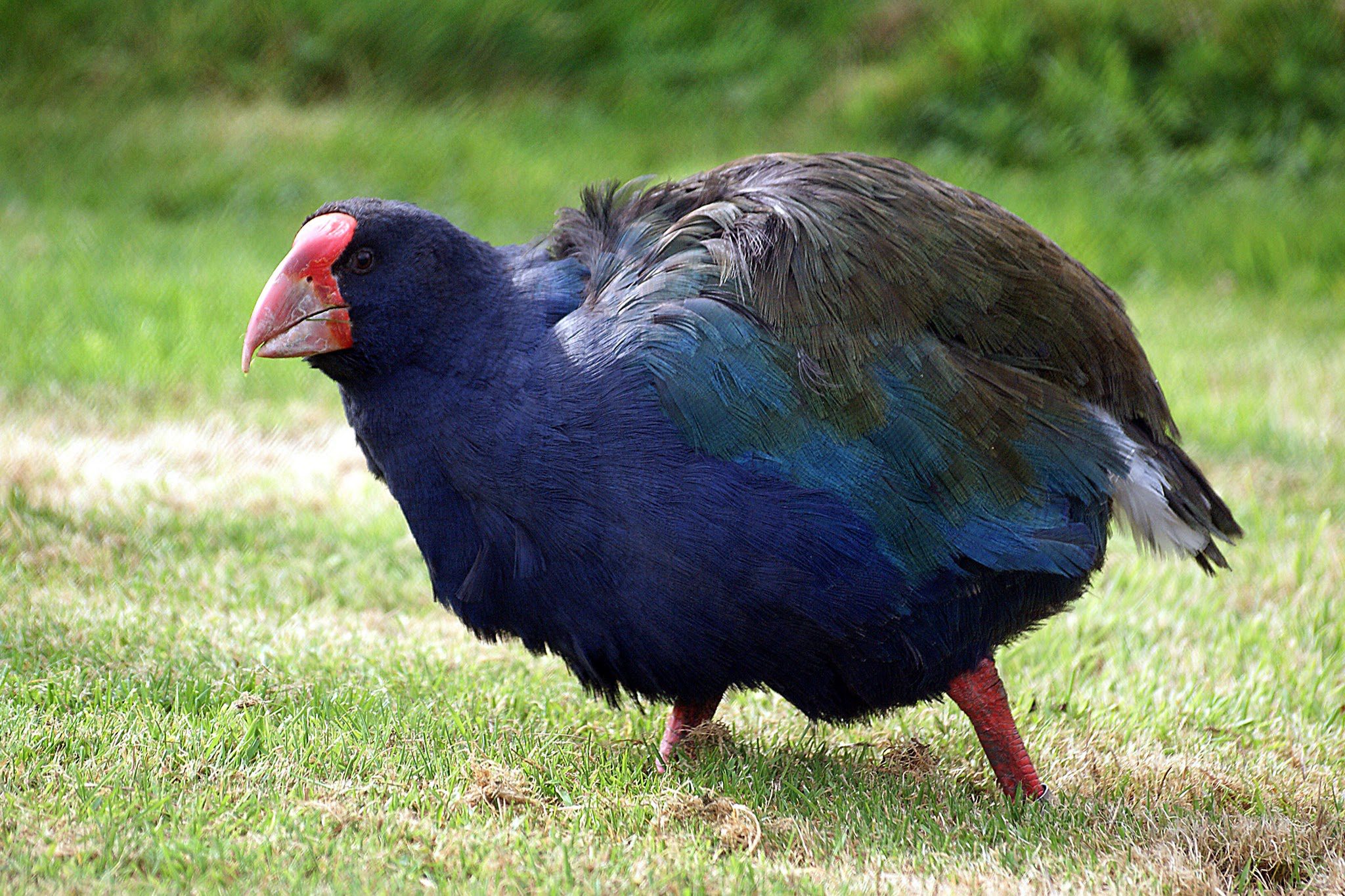
Takahē
(Porphyrio hochstetteri)
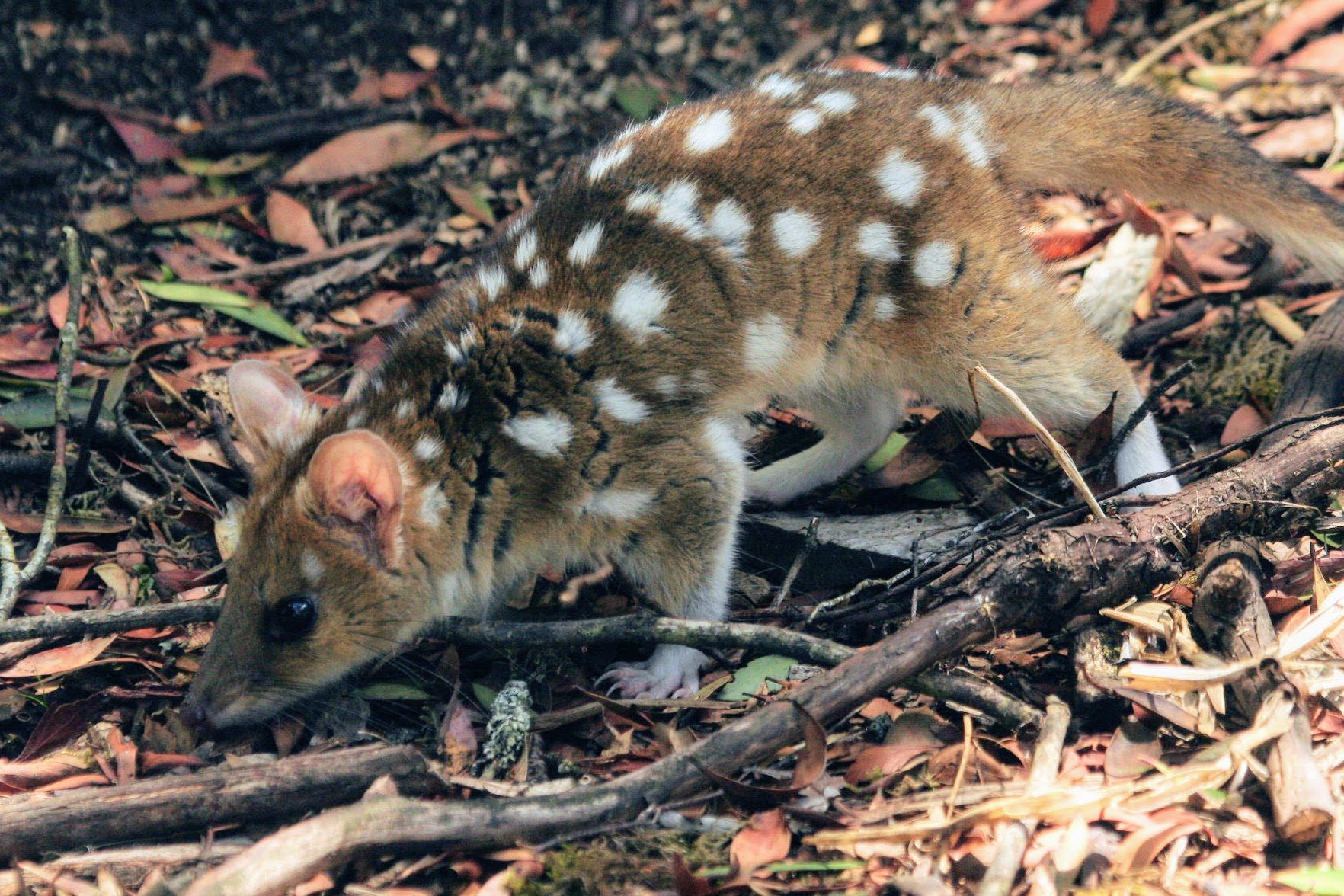
Eastern quoll
(Dasyurus viverrinus)
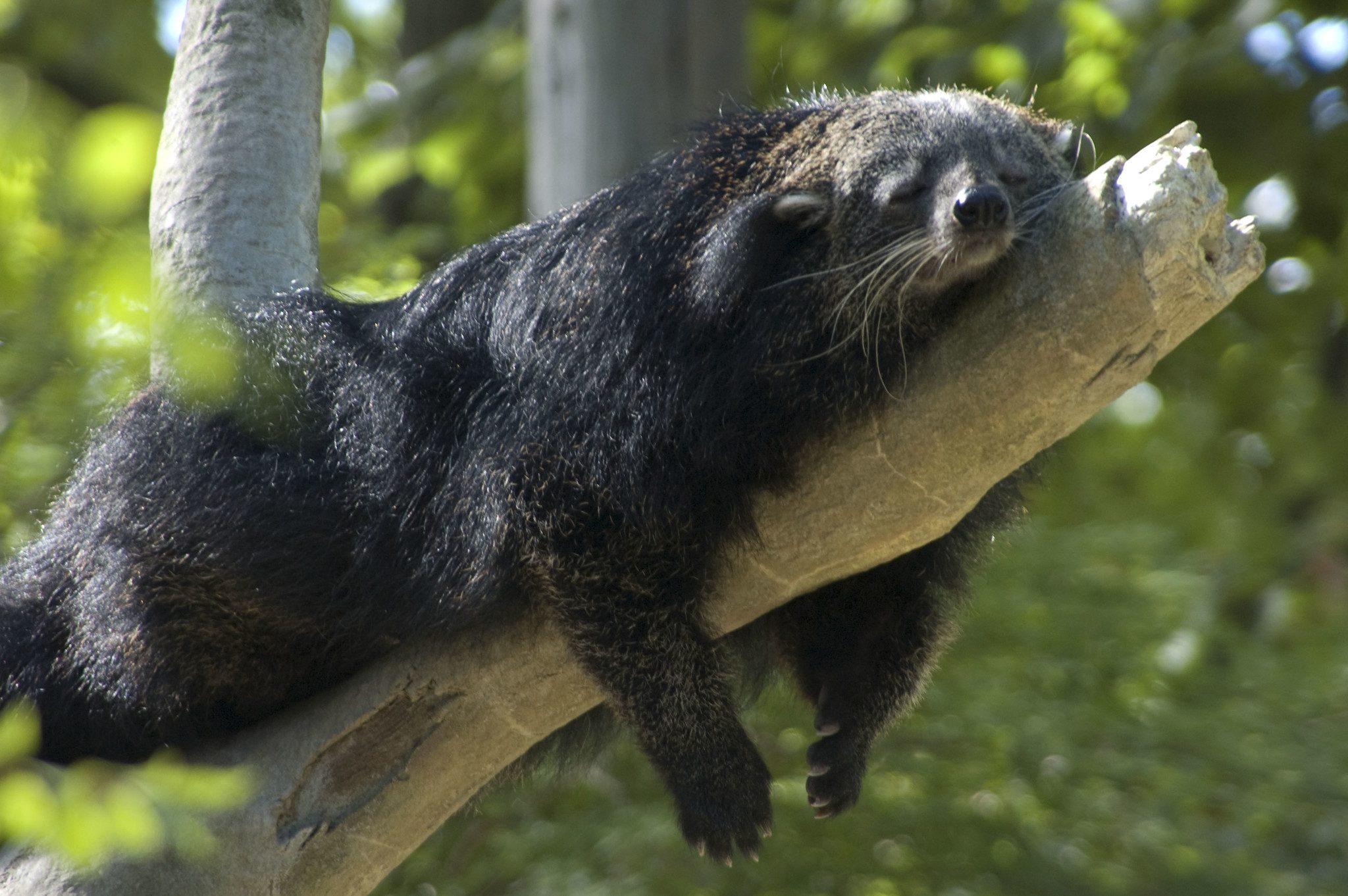
Binturong
(Arctictis binturong)
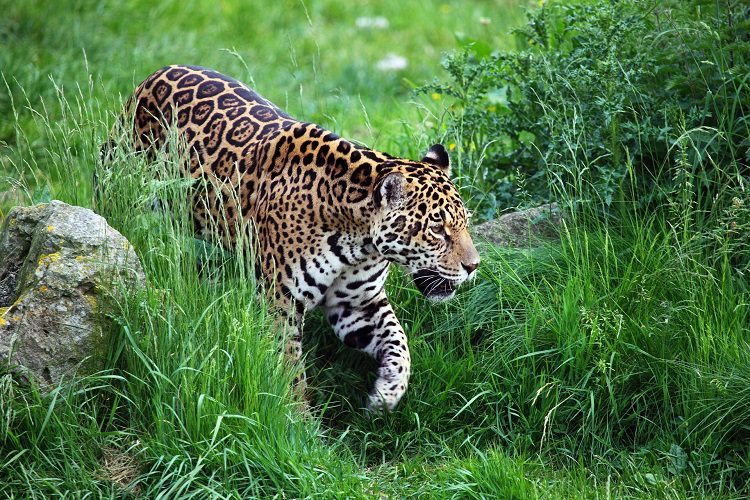
Bolivian jaguar
(Panthera onca)

Joshua tree
(Yucca brevifolia)
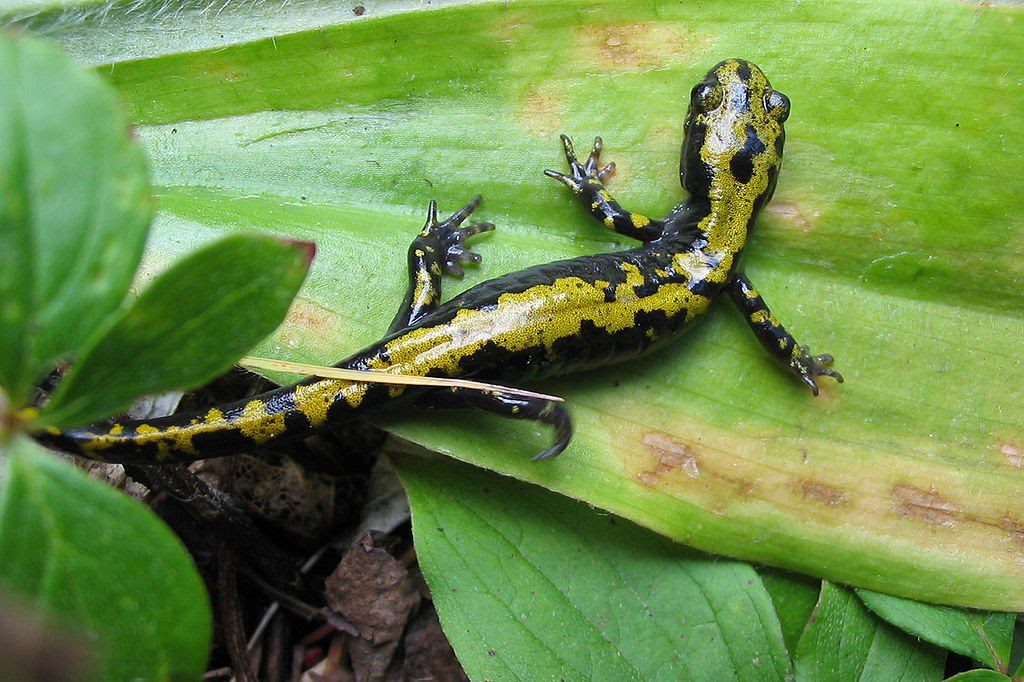
Eastern long-toed salamander (Ambystoma m. krausei)
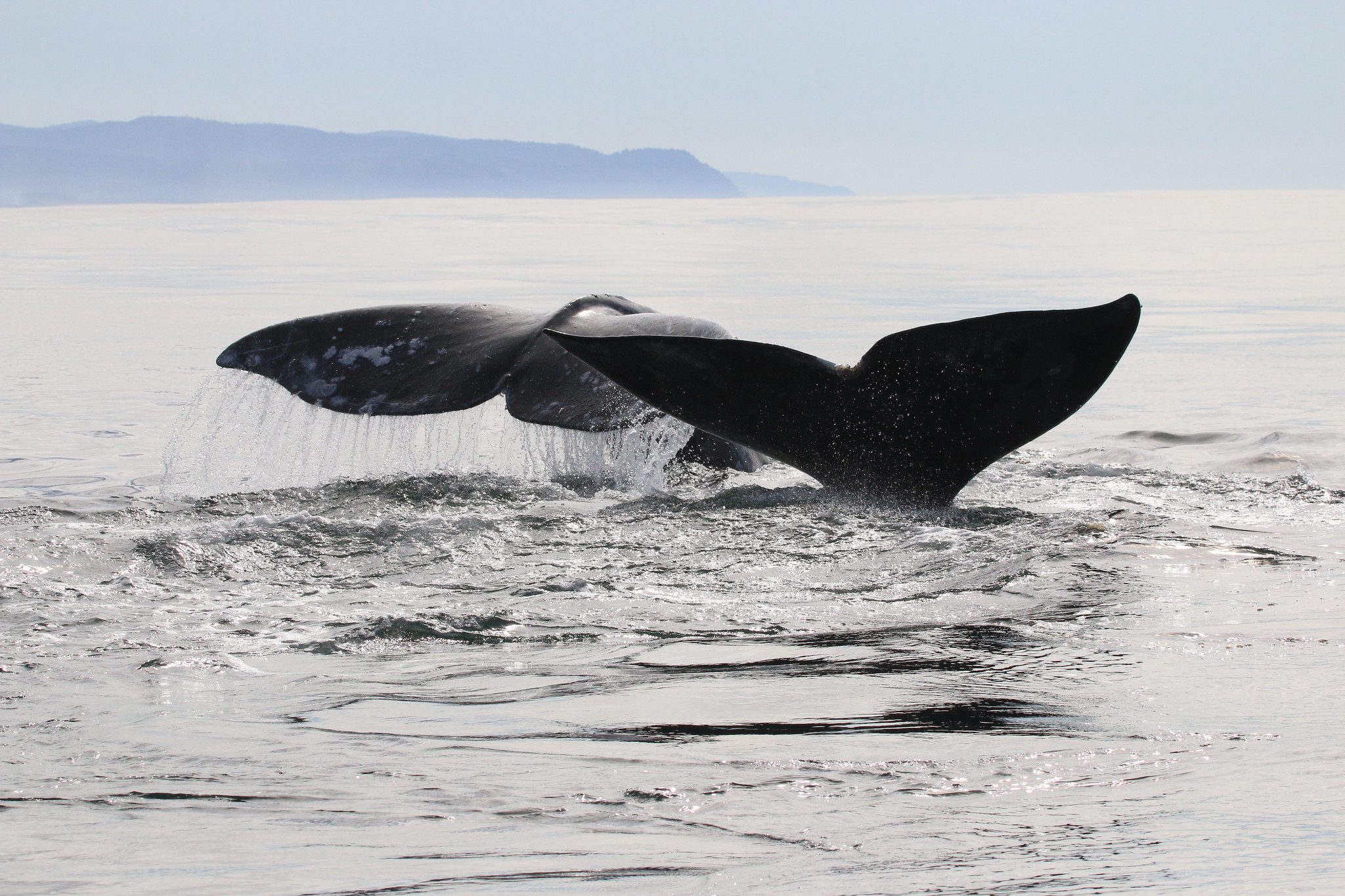
Five Whales
(Includes 5 different whale species)
INTENDED CONSEQUENCES
A GLOBAL WORKSHOP AND INITIATIVE, CONVENED ONLINE
57 participants, from 8 countries, across 10 timezones.
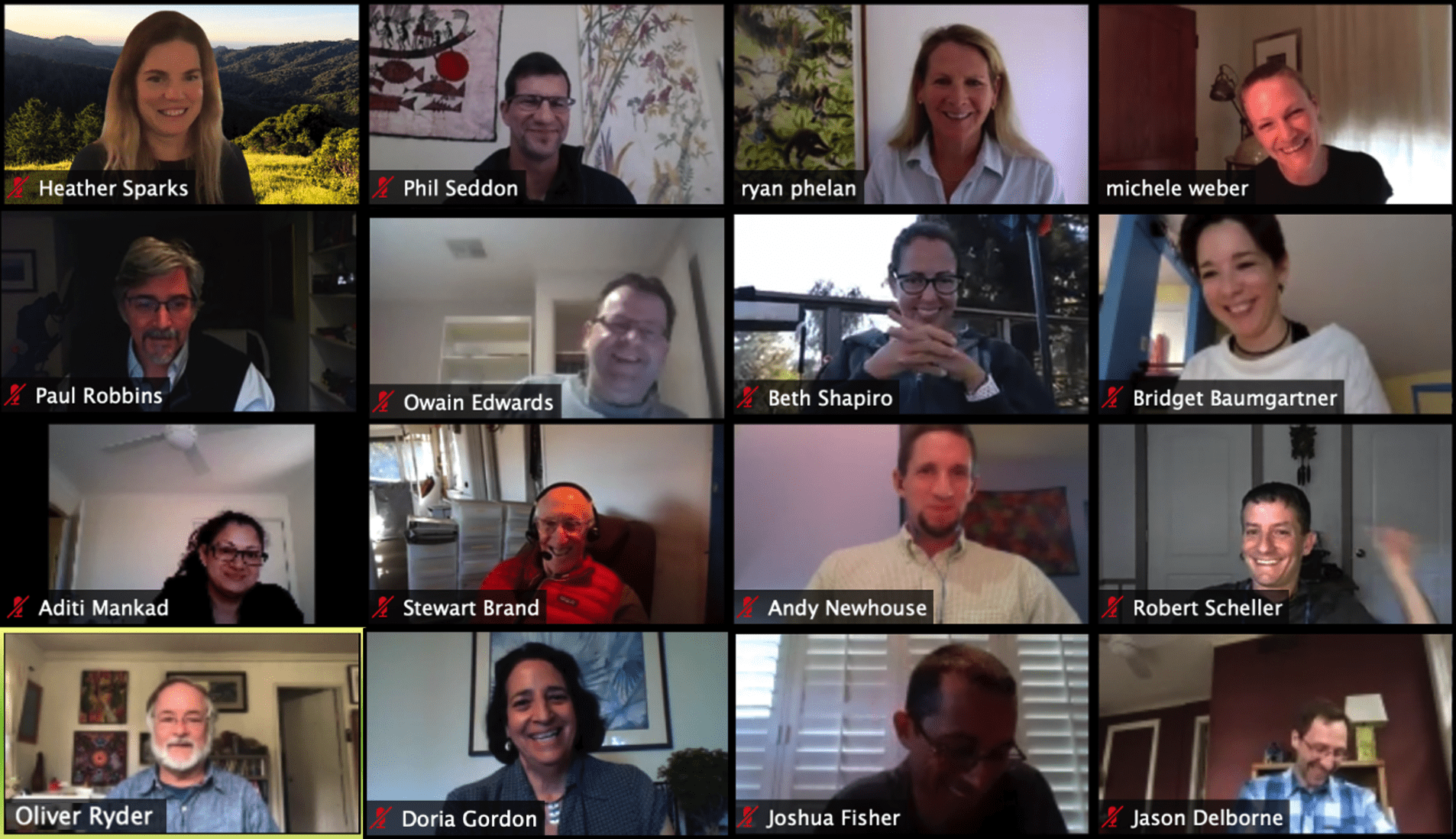
“What about the ‘unintended consequences?’” is a phrase many conservationists hear when a conservation intervention is proposed. But how common are harmful unintended consequences, really?
Our lead scientist, Ben Novak, reviewed the history of conservation interventions and found that over the past 40 years, US conservation translocations have not produced any negative unintended consequences. In reality, only translocations motivated by commercial activity—the sugar industry introducing the mongoose to Hawaii, for example—have lodged the anecdotal stories in our collective imagination. But should we really be so hesitant every time we consider a conservation intervention? Revive & Restore launched the Intended Consequences Initiative to shift the focus of the discussion to include the positive outcomes that conservation interventions can achieve.
We hosted the Intended Consequences Workshop in June to convene global experts working at the forefront of conservation intervention. Over three days, participants (some pictured above) discussed case studies, ethical issues, and strategies to move forward. These analyses will be published in a special issue of Conservation Science and Practice in early 2021. We are also developing a Code of Practice to consolidate lessons learned and guide future genetic interventions. The initiative will welcome diverse perspectives and develop concrete strategies to increase inclusivity. In a time of global uncertainty, conservation success can provide hope and inspiration as we work to restore the planet.
THE BLACK-FOOTED FERRET PROJECT
ENSURING INDEPENDENCE FOR THIS INDICATOR SPECIES
One of many Black-footed ferrets at the USFWS National Black-footed Ferret Conservation Center in northern Colorado, which is home to 70% of all captive BFFs. (J.M. Lockhart, USFWS)
Revive & Restore has led the development of a genetic rescue program to overcome the two biggest challenges facing the long-term recovery of the endangered Black-footed ferret (BFF): low genetic diversity and sylvatic plague. Thanks to our Catalyst Science Fund, concerted laboratory work has begun and our first major milestones were achieved this year.
In May our partners at ViaGen Pets & Equine verified that domestic ferrets are viable surrogate mothers for cloned BFFs. In accordance with our federally permitted research activities, the next step is to discover if cells cryopreserved for decades at the San Diego Wildlife Alliance Frozen Zoo remain viable for cloning. If so, we plan to use those historic cell lines to clone new founders and boost genetic diversity significantly. We believe we will have more news on this in early 2021.
Just this January, the first genetically engineered mice for our plague study were born at Texas A&M Institute for Genomic Medicine. These mice carry the gene for a plague-specific antibody that enables an early and effective immune response to sylvatic plague and should confer resistance to it. If this proves successful, the plan is to adapt this methodology for BFFs. The goal is to provide the ferrets with heritable resistance to sylvatic plague pathogen, thought to be 100% lethal in the wild today. With increased genetic diversity and resistance to plague, the BFF will be set on a path to complete recovery.
INSPIRING FUTURE SCIENTISTS AT iGEM
‘SYNBIO’ STUDENT SPONSORSHIPS
What do frog nests and hippo sweat have in common? Both have provided inspiration for a suite of new ‘synbio’ (synthetic biology) technologies for conservation. Even more surprising is that these technologies and many others are being designed by high school and college students, all competing for awards this month at the global synthetic biology competition called the International Genetically Engineered Machine (or iGEM).
This year, Revive & Restore partnered with iGEM to sponsor 12 of these teams. We selected students—from China, Japan, Hong Kong, Australia, Mexico, the US, the UK, Ghana, the Netherlands, and Belgium—whose proposals offer unique ways to support a more biodiverse world. It turns out that the genome that encodes a sun protective factor in hippo sweat may lead to a coral-safe sunscreen, and the genome encoding a surfactant found in frog nests may lead to a desert-friendly fire retardant.
This is the first year that iGEM has had a conservation sponsor. We are proud to support these teams in their efforts to bring synbio to conservation. You can learn more about these teams and their projects on our website. And if you’re really curious, all are welcome to attend the virtual “Giant Jamboree” awards ceremony on November 22.
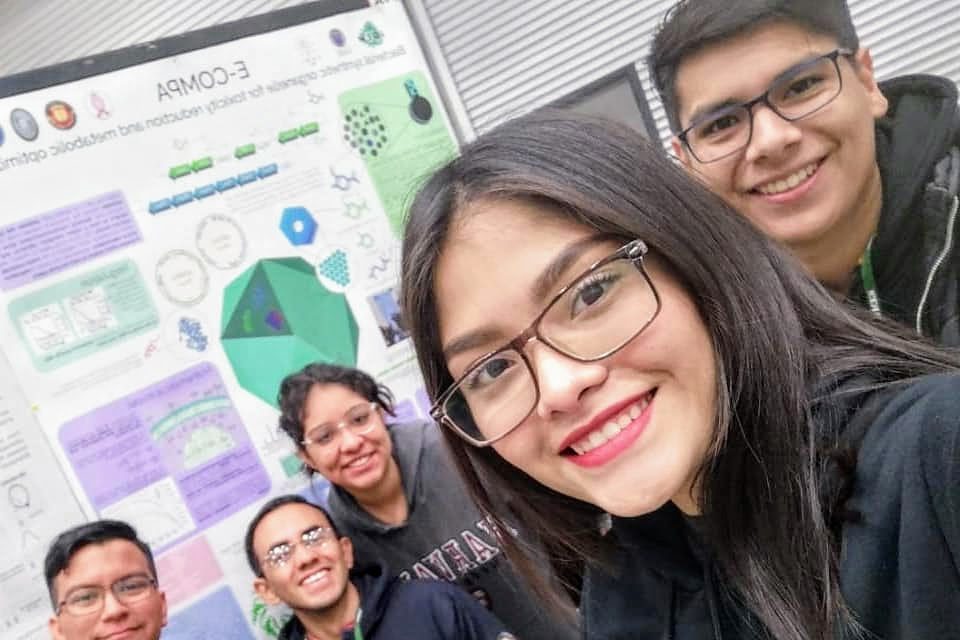
The team from Universidad Autónoma de Nuevo León is studying the flame retardant surfactant in frog bubble nests.
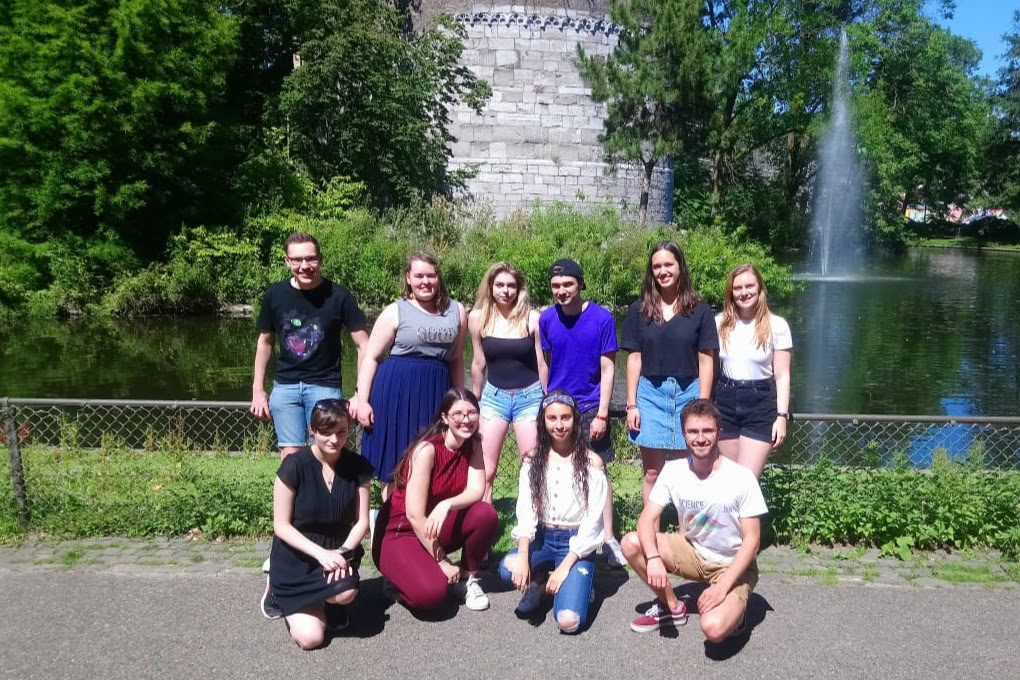
The team from Maastricht University is working to protect oak trees from the oak processionary caterpillar.
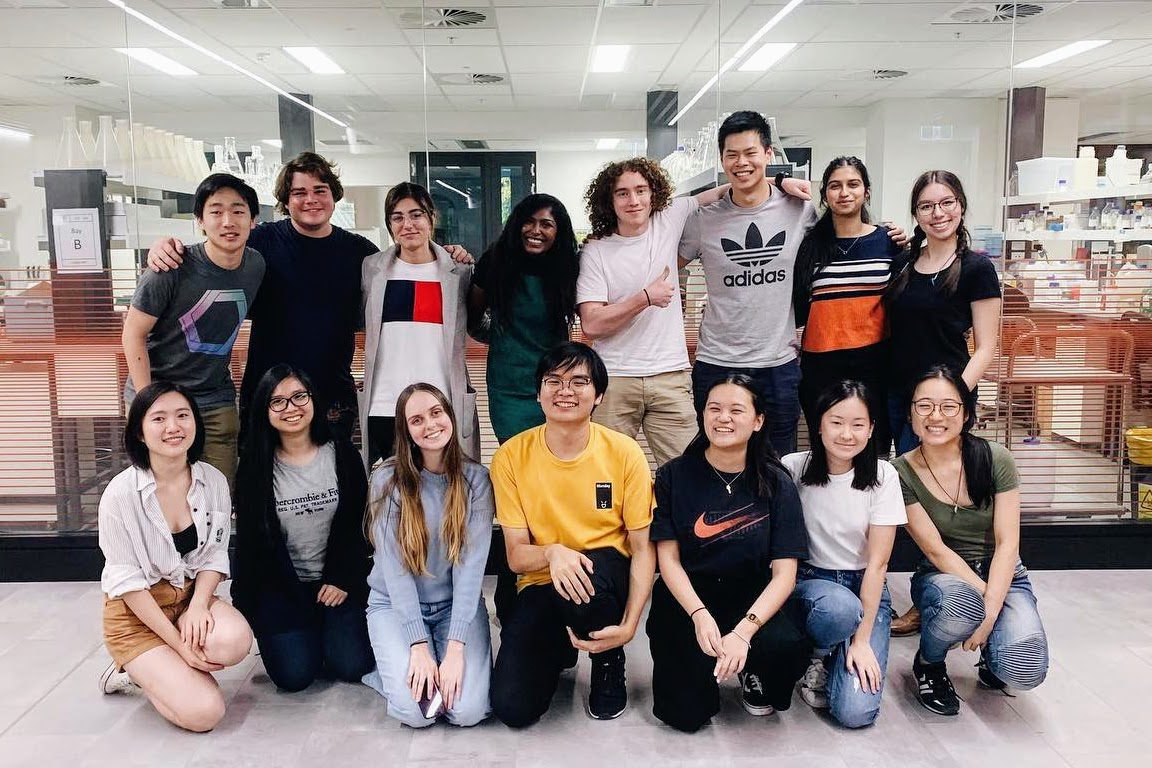
The team from University of New South Wales is focused on two methods for increasing heat tolerance in corals.
AVIAN GENETIC RESCUE
CRACKING THE CODE FOR ADVANCED REPRODUCTIVE TECHNOLOGIES IN BIRDS
Cloning for mammalian genetic rescue is possible, as demonstrated by the birth of the Przewalski’s foal. But an entirely different reproductive technique (outlined at right) is required for birds. This technique relies on primordial germ cells—the cells that are destined to develop into avian sperm and ova.
To date, there is no means of preserving or growing (called “culturing”) primordial germ cells for wild birds. However, these techniques have already been developed by the poultry industry in domestic chickens. These techniques have remained more art than science for years, but now with our support, the science is being advanced at Texas A&M University. Led by Dr. Rosemary Walzem, her team is now working to develop primordial germ cell culturing techniques using the heath hen’s closest living relative, the wild greater prairie chicken, as a model.
As Dr. Walzem recently said to a reporter for The Scientist, “We’re starting from a place where there is at least a viable technology [the domestic chicken], and then we’re stepping out biologically.”
The greater prairie chickens at Dr. Walzem’s facility had their first breeding season this spring, producing the first eggs from which the germs cells were collected. Now the work is off to a great start. With her research into primordial germ cell culture and reproductive science, we are getting closer to avian genetic rescue for wild birds. Combined with a continued scaling up of gene-editing capabilities, the de-extinction of the heath hen and passenger pigeon, as well as the restoration of genetic diversity for endangered bird species, are many steps closer.
THE HORSESHOE CRAB PROJECT
AN INTERNATIONAL COALITION FORMS TO ADOPT THE SYNTHETIC ALTERNATIVE
Horseshoe crabs are bled by the hundreds of thousands each year before being returned to the water. Mortality is estimated at 30 percent.
Migratory birds and entire ecosystems depend on the horseshoe crab and its abundant supply of eggs. Yet the horseshoe crab population is diminishing. One key reason? The biomedical industry, which uses the crab’s unique blue blood to test injectable medicines and vaccines for contamination. Yet there is a synthetic alternative to horseshoe crab blood called recombinant factor C (or rFC) that could replace this practice entirely.
While the matter is complex and the regulatory barriers are numerous, significant progress has been made. It was in 2018 that we kicked off this project with a press conference in New Jersey. That event brought together many key people who in 2020 have launched the Horseshoe Crab Rescue Coalition.
Now the coalition includes 27 environmental and business organizations; Revive & Restore, New Jersey Audubon Society, Defenders of Wildlife, Physicians Committee for Responsible Medicine, Eli Lilly, and BioMérieux among them. The coalition has made real inroads in 2020 with regulatory bodies and policymakers. We continue petitioning US Pharmacopeia and have begun to focus on the FDA. New Jersey Senator Cory Booker is now a proponent of our cause, and this October, the coalition briefed members of Congress on the matter. In 2021 Revive & Restore will continue to work independently and as a key member of the coalition to stop the bleeding of this keystone species.
SHARING OUR STORY
Knowing how complicated the horseshoe crab story is we realized a video could help distill our message. Luckily, we had just the right partners to make it happen.
“Biotech Can Save this Keystone Species” is a 5-minute video featuring co-founders Ryan Phelan and Stewart Brand as they bring to life the story of the horseshoe crab and the complex web of ecological, commercial, regulatory, and human-health issues that impact this species.
The footage was beautifully captured by Structure Films. The team was with Revive & Restore on the shores of Delaware Bay in 2018 while filming the feature-length documentary on Stewart Brand, “We Are As Gods.” That film will be released in 2021 and will feature original music by Brian Eno.
We are thankful to Structure Films, and all the people we have worked with us this year and in the past—our Intended Consequences workshop participants and sponsors, our partners and scientists, and coalition members—who continue to help support our mission and shape the future of conservation.
Revive & Restore co-founders Ryan Phelan and Stewart Brand at Cape May, New Jersey with David Alvarado and Jason Sussberg of Structure Films.


